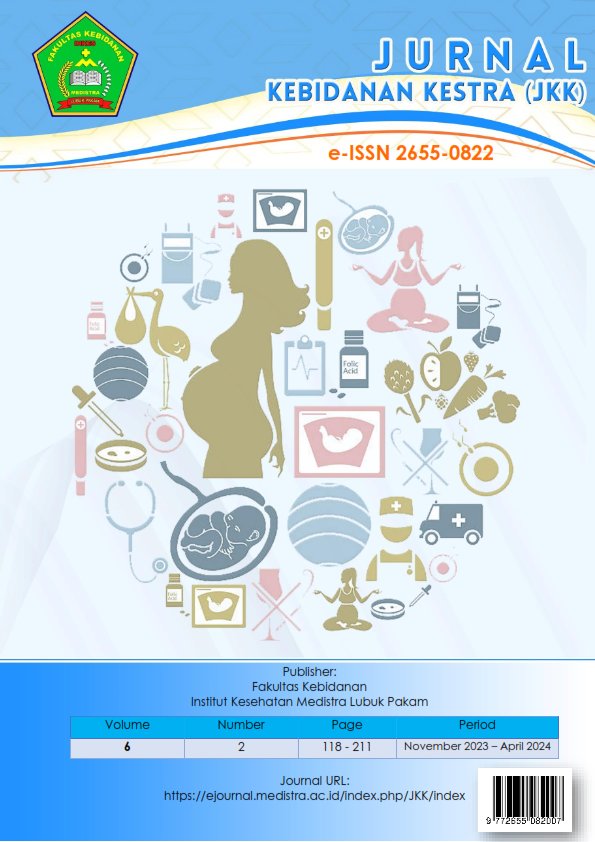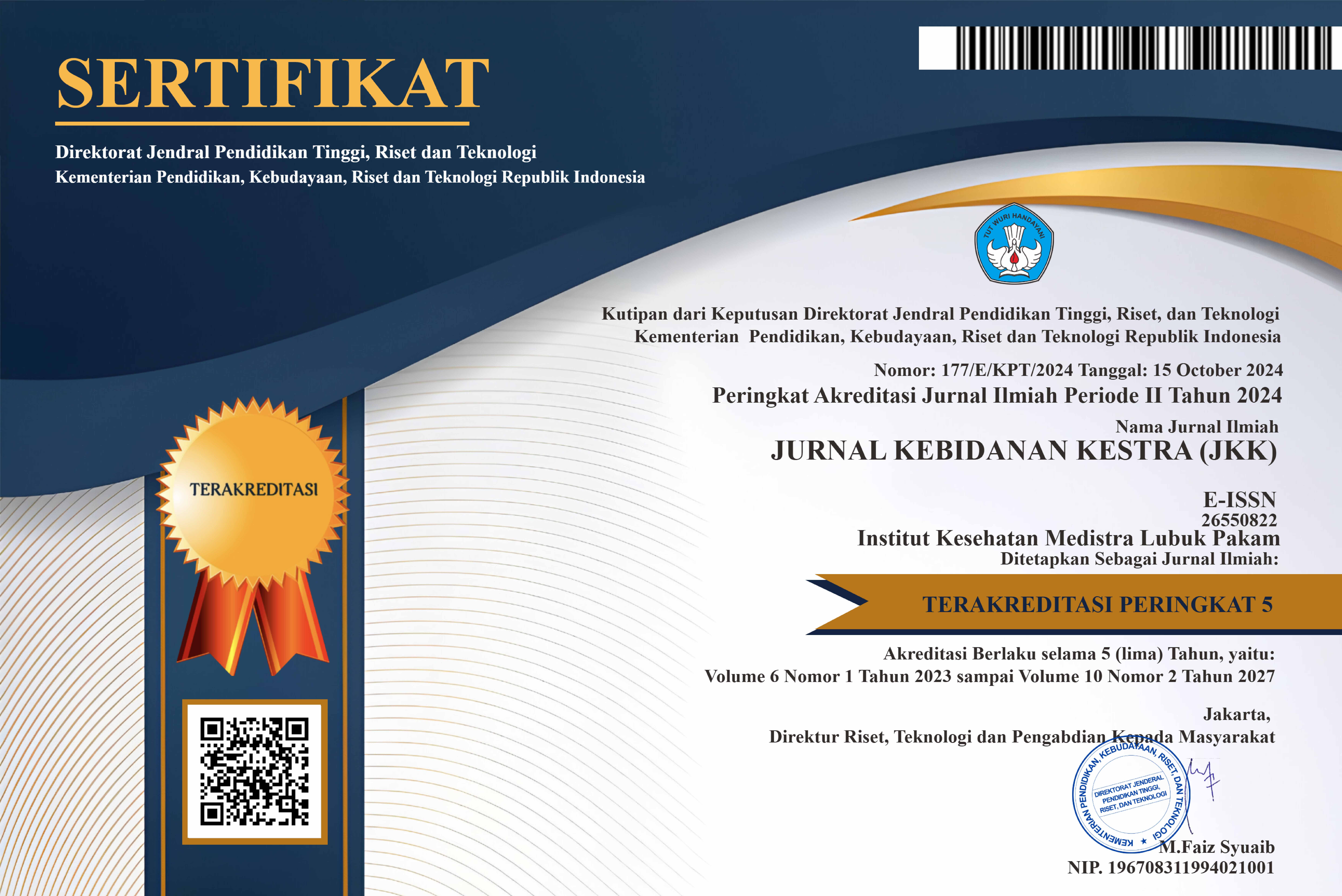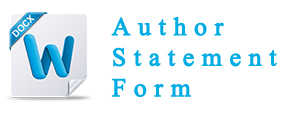Challenges and Solutions in the Implementation of Standard Operating Procedures (SOP) for Emergency Services in Community Health Centers (Puskesmas)
DOI:
https://doi.org/10.35451/jkk.v6i2.2543Keywords:
Tantangan, Solusi, SOP, Kegawat daruratanAbstract
Emergency services at Community Health Centers (Puskesmas) play a crucial role in providing first aid to patients in critical conditions before they are referred to higher-level healthcare facilities. However, the implementation of Standard Operating Procedures (SOP) for emergency services still faces various challenges, such as a lack of understanding among healthcare personnel, limited resources, high workloads, and insufficient coordination with referral hospitals. Therefore, the aim of this study is to identify the main challenges in the implementation of emergency SOPs at Puskesmas and to formulate solutions that can improve their effectiveness. The method used in this research is a descriptive study with a qualitative approach, involving interviews and observations with healthcare workers in several Puskesmas. The results show that the majority of healthcare personnel have not fully understood and optimally applied the SOPs due to a lack of training and simulation. Additionally, the limited availability of medical equipment and healthcare staff has led to delays in handling emergency cases. High workloads also become a key factor influencing adherence to the SOPs. The discussion indicates that to overcome these challenges, regular training and simulations, increased availability of medical equipment and healthcare personnel, as well as stricter monitoring and evaluation systems are necessary. Strengthening coordination with referral hospitals also becomes a strategic step to expedite the patient referral process. In conclusion, with the proper implementation of solutions, the SOPs for emergency services at Puskesmas can be improved, making emergency services more effective and efficient in saving patients' lives
Downloads
References
Jurnal Ilmu Kesehatan Masyarakat. (2022). Evaluasi Responsivitas Pelayanan Kegawatdaruratan di Puskesmas Sarjo.
Kementerian Kesehatan RI. (2021). Laporan Evaluasi Fasilitas Kesehatan Primer di Indonesia. Jakarta: Kemenkes RI..
Kementerian Kesehatan RI. (2024). Buku Pedoman Teknis SPGDT. Pusat Krisis Kesehatan.
Kementerian Kesehatan RI. (2016). Peraturan Menteri Kesehatan Nomor 19 Tahun 2016 tentang Sistem Penanggulangan Gawat Darurat Terpadu.
Kementerian Kesehatan RI. (2024). Pedoman Teknis Penanggulangan Krisis Kesehatan Akibat Bencana. Pusat Krisis Kesehatan.
Kementerian Kesehatan RI. (2024). Prosedur Penyiapan Pelayanan Kegawatdaruratan Medis. Pusat Krisis Kesehatan.
Kementerian Kesehatan RI. (2024). Pedoman Teknis Penanggulangan Krisis Kesehatan Akibat Bencana. Pusat Krisis Kesehatan.
Mochamad, et al. (2019). Implementasi Sistem Penanggulangan Gawat Darurat Terpadu: Studi Kasus di Kabupaten Kudus.
Prasetyo, B., & Nugroho, F. (2020). Evaluasi Sistem Rujukan Kegawatdaruratan di Puskesmas: Tantangan dan Solusi. Jurnal Administrasi Kesehatan, 12(4), 98-110.
Prasetyo, B. (2021). Digitalisasi Pencatatan Kegawatdaruratan dalam Pelayanan Kesehatan Primer. Jurnal Teknologi Kesehatan.
Puskesmas Mulyorejo. (2024). SOP Tata Laksana Pasien Gawat Darurat.
Puskesmas Pulau Tiga. (2024). SOP Kegawatdaruratan Maternal dan Neonatus.
Puskesmas Kejobong. (2021). SOP Penanganan Pasien Gawat Darurat.
Puskesmas Mulyorejo. (2024). SOP Tata Laksana Pasien Gawat Darurat.
Puskesmas Pulau Tiga. (2024). SOP Kegawatdaruratan Maternal dan Neonatus.
Rahayu, S. (2020). Analisis Sistem Pencatatan dan Dokumentasi Kasus Gawat Darurat di Puskesmas. Jurnal Manajemen Kesehatan.
Rahmawati, A., & Setiawan, R. (2020). Pentingnya Pelatihan Kegawatdaruratan bagi Tenaga Medis di Fasilitas Kesehatan Primer. Jurnal Kesehatan Masyarakat, 15(2), 120-132.
Supriyadi, T., & Lestari, D. (2019). Dampak Keterbatasan Sumber Daya terhadap Kualitas Pelayanan di Puskesmas. Jurnal Manajemen Kesehatan, 10(1), 45-58.
Wirawan, A. (2018). Evaluasi Pelaksanaan SOP Kegawat daruratan di Puskesmas. Repository Universitas Airlangga
Downloads
Published
Issue
Section
License
Copyright (c) 2024 Barita Aritonang

This work is licensed under a Creative Commons Attribution 4.0 International License.
Copyright in each article is the property of the Author.



























